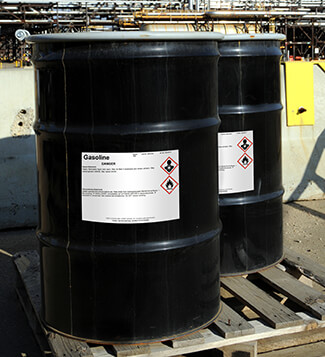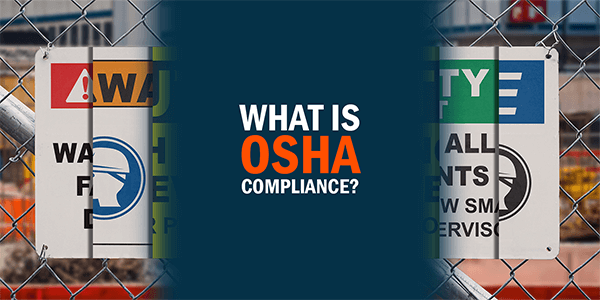Study: Training Lacks for Immigrant Workers

Small companies are not giving their immigrant construction workers adequate training in safety and health, according to the National Institute of Occupational Safety and Health (NIOSH). The agency along with the American Society of Safety Professionals (ASSP) examined survey responses from 268 construction industry representatives. The survey shows that non-native workers in companies of 50 employees or fewer receive less training than those in companies with 50 or more employees ? both when joining the organization and ongoing. Training encompasses multiple categories, including pre-job instruction, federal and state requirements, and OSHA 10-hour training for construction. The researchers also found that immigrant workers in small companies were less likely to fulfill each type of safety training.
Communication Breakdown
An analysis of Occupation Safety and Health Administration data over eight years shows that immigrants or U.S.-born Latinos made up 75 percent of construction workers who died on the job, according to the Center for Popular Democracy. Fall deaths are among OSHA's top concerns in workplace safety. OSHA's data shows that 60 percent of fall death victims were Latino and/or immigrants. In states such as New York, that trend is higher.
"Nearly 500 construction workers have been killed in the past decade in the state of New York with an alarming spike in the deaths of Latino and immigrant workers," New York Sen. Jose Peralta said. He is pushing for a law on the state level to help prevent workplace deaths and injuries that punishes employers who ignore safety training, procedures, and protocol.
NIOSH's data shows a lack of training across the board for immigrant workers, but more so for those working in smaller companies. Larger companies were more likely to provide 11 or more hours of initial safety training and continue training monthly. At smaller companies, 37 percent of supervisors spoke the same language as immigrant workers; 68 percent at larger companies.
"If nothing changes for this vulnerable population, tragedies will continue to destroy families while the costs to workers, employers and society grow," ASSP President Rixio Medina said. "By bringing together the right people, we can have a robust exchange of ideas and develop strategies that make a lasting impact on Hispanic and Latino worker safety and health."
Overcoming language barriers improves safety, the NIOSH/ASSP researchers said in the report. They said increasing awareness and training will "provide employers with the appropriate resources to reduce these risks." Potential focus areas include effective safety and health communication and training materials. These materials inform workers on important job focuses and can assist in overall professional growth.
 Continuous Learning
Continuous Learning
Occupational health and safety training is important to help employers continually manage workplace hazards and risks. Instruct workers in a language they can understand on ways to identify occupational risks and how to control them by distributing prepared materials and guides. Get teams up to speed and compliant with OSHA rules and help workers learn safe workplace practices, including tips on arc flash and HazCom/GHS.
Communicate complex information and reduce confusion for all workers through clear workplace messages that can improve hazard recognition. Improve operations by creating safety signs on the spot that can be read and understood through effective design, utilization of images, and in languages spoken by workers.
Increase overall engagement and meet the goals of decreasing workplace injuries and illness through training and education programs that benefit both workers and workplaces. Supplement any training program with free videos, infographics, articles, and more using trusted safety education resources.
Related Resources

2023 Top OSHA Violations
Top 10: OSHA Violations for 2023: Stay Compliant & Safe In the realm of occupational safety, staying ...
Read
OSHA's Severe Violator Program Shows Consistency
Eight years ago, OSHA established its Severe Violator Enforcement Program to target employers who heavily ...
Read
What is OSHA Compliance?
Dangerous working conditions nationwide sparked the creation of the Occupational Safety and Health Act (OSH ...
Read.png)





